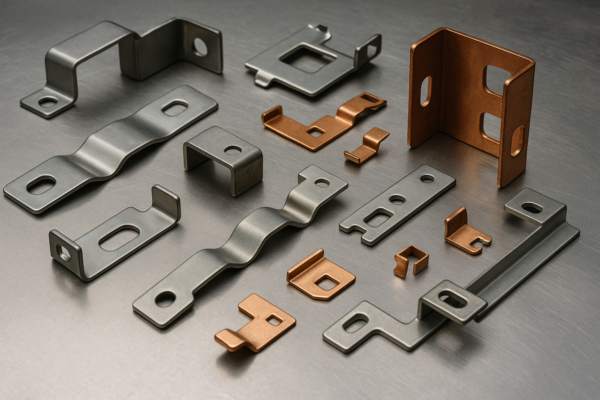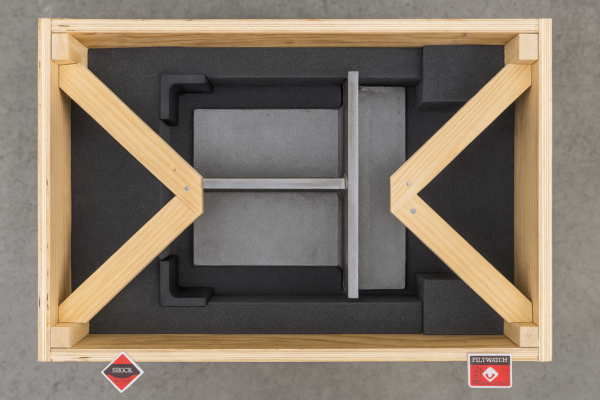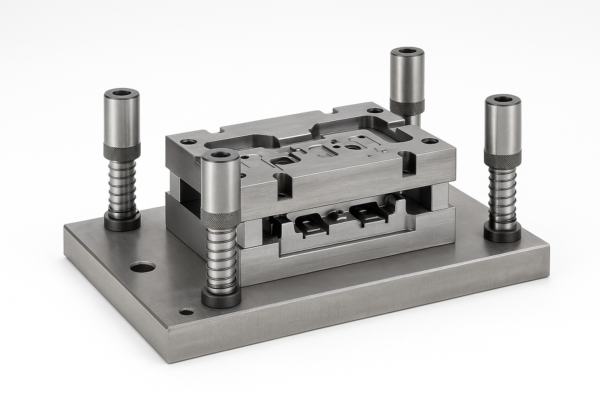Is Forging Stronger Than Welding?
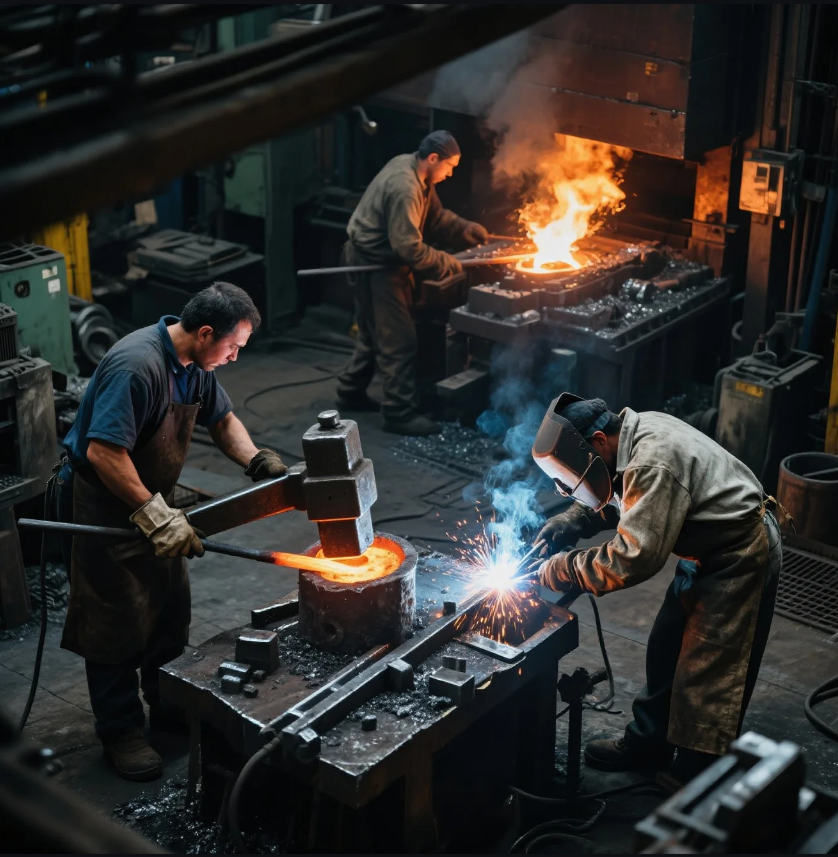
When it comes to manufacturing and metalworking, both forging and welding are essential processes used to create strong, durable parts. However, many wonder which method is stronger. The debate between forging and welding is common in industries that require high-strength materials. In this article, we will compare these two methods and explain which produces stronger materials.
Snippet paragraph: Forging generally produces stronger metal parts due to the alignment of grain structure, while welding can introduce weaknesses depending on the technique.
Let’s dive into the specifics of how each process affects the strength of metal and how they compare to one another.
Does Forging Make Steel Stronger?
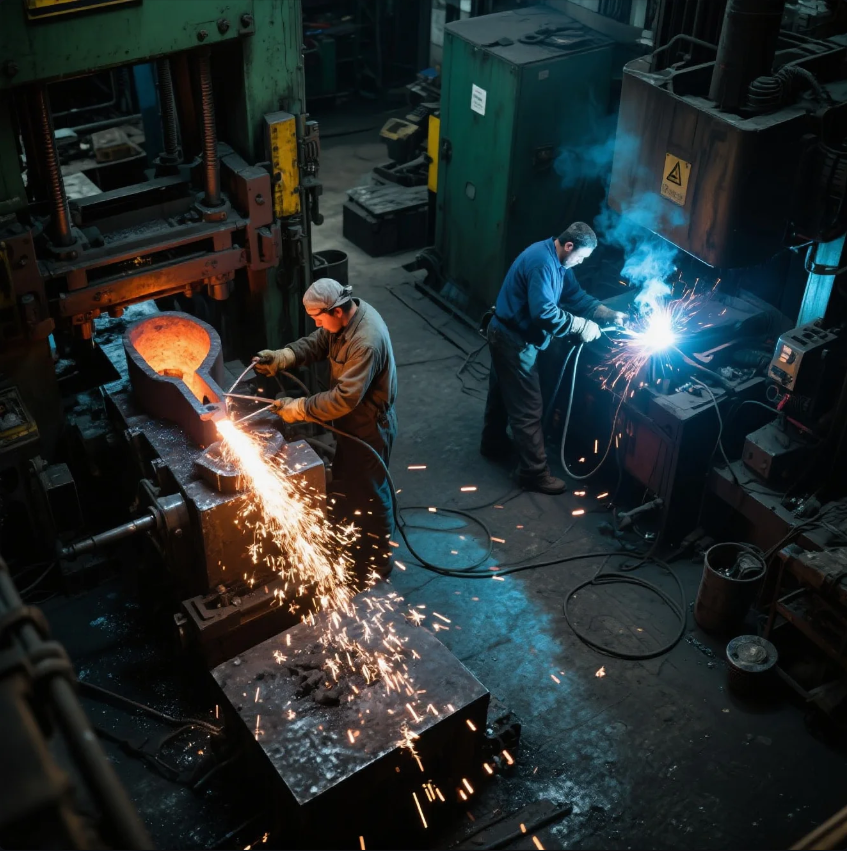
Yes, forging does make steel stronger. The forging process involves applying heat and pressure to shape metal, which causes the grains of the steel to align in the direction of the pressure. This alignment enhances the material’s strength, making it less prone to cracks and failure under stress.
Why Forged Steel is Stronger:
- Grain Structure: The grain structure in forged steel is aligned in a way that improves the metal’s resistance to stress and impact.
- Internal Integrity: Forging compresses the metal, reducing porosity and eliminating any voids within the material, leading to a stronger and more uniform product.
- Improved Toughness: Forged steel is more resilient to fatigue and impact, which makes it ideal for applications like automotive parts, aerospace components, and heavy machinery.
Compared to other methods like casting or welding, forging produces metal with superior strength and durability.
Is Forge Welding Stronger Than Arc Welding?
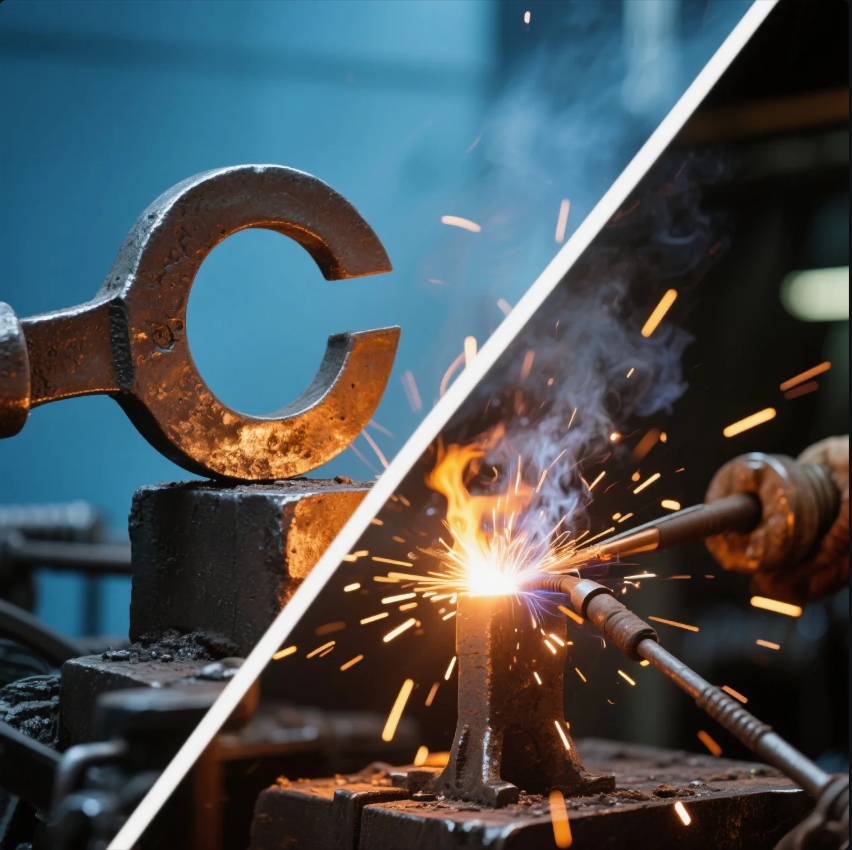
Forge welding and arc welding both serve different purposes, but in terms of strength, forge welding can be superior in certain situations. Forge welding is a process where two pieces of metal are heated until they are soft and then hammered together. This method allows for a more uniform and stronger bond because the grains of the metals are not interrupted.
Forge Welding vs. Arc Welding:
- Forge Welding: This method creates a bond by joining heated metals under pressure, preserving the integrity of the original material’s grain structure, which results in a strong and solid weld. It is often used for high-quality, long-lasting joints in blacksmithing and traditional metalworking.
- Arc Welding: In contrast, arc welding uses an electrical arc to melt the metal and a filler material to join the pieces. While arc welding can produce strong joints, the rapid cooling and molten state of the metal can introduce imperfections, such as porosity or cracks, which can reduce the overall strength of the weld.
While both methods can produce strong bonds, forge welding tends to maintain the strength of the base material better than arc welding, particularly when working with high-strength metals.
Which is Stronger, Casting or Forging?

In general, forging is stronger than casting. The forging process creates a stronger product because it improves the grain structure of the metal, whereas casting involves pouring molten metal into molds, which can introduce air pockets, defects, and inconsistencies in the material.
Forging vs. Casting Strength:
- Forging: The process of shaping metal under pressure aligns the grains in the direction of the applied force, creating a dense, uniform material that resists stress, impact, and fatigue. Forged parts tend to be much stronger and more durable than cast parts.
- Casting: While casting can be used to create complex shapes, it often results in a material with a less consistent grain structure and potential internal defects, which weakens the part. The cooling process during casting can also cause the metal to shrink and form cracks or voids.
Forging is generally preferred in industries that require high-performance, stress-resistant components, such as aerospace, automotive, and heavy machinery.
Are Welders Like Blacksmiths?
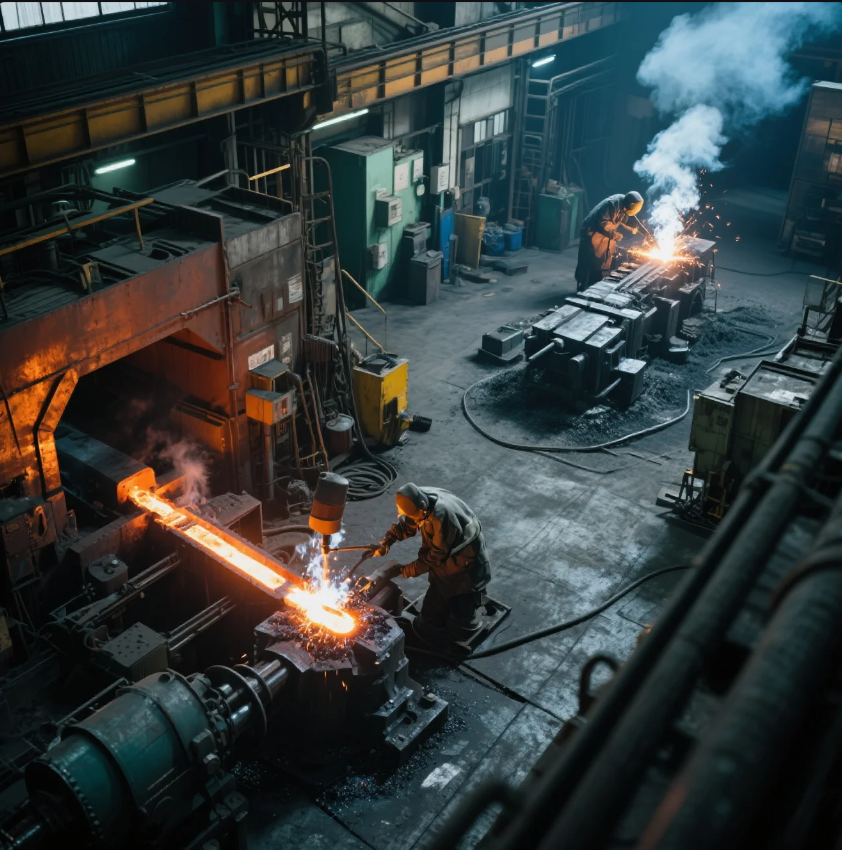
While welders and blacksmiths both work with metal, their roles are distinct. Blacksmiths use traditional methods like forging to shape and mold metal by heating it and applying force, while welders join pieces of metal together using heat and filler material.
Key Differences Between Welders and Blacksmiths:
- Blacksmiths: Typically work with hot metal to shape it, using tools like hammers, anvils, and presses. They create a variety of objects, from decorative pieces to structural components.
- Welders: Focus on joining metals together by melting them with an electric arc or other heat sources. Welding is used to fuse two or more pieces of metal together and is often employed for repairs or assembling large structures.
While both professions work with metal, blacksmiths are primarily involved in shaping and forming metal, while welders specialize in joining metal components.
Conclusion
In terms of strength, forging typically results in stronger parts than welding due to the enhanced grain structure and internal integrity that forging provides. While both methods are essential in the manufacturing industry, forging is favored for high-stress applications where strength and durability are critical. At Prime, we specialize in high-quality forged parts that are built to withstand even the toughest conditions. If you need reliable, durable forged components, contact us today for a consultation and a custom quote.


